#messier
Text

M106 (lower left) and NGC 4217 (upper right) // Timo Kubach
#astronomy#astrophotography#galaxy#spiral galaxy#star-forming galaxy#messier#messier 106#M106#NGC 4258#NGC 4217#canes venatici
25 notes
·
View notes
Text
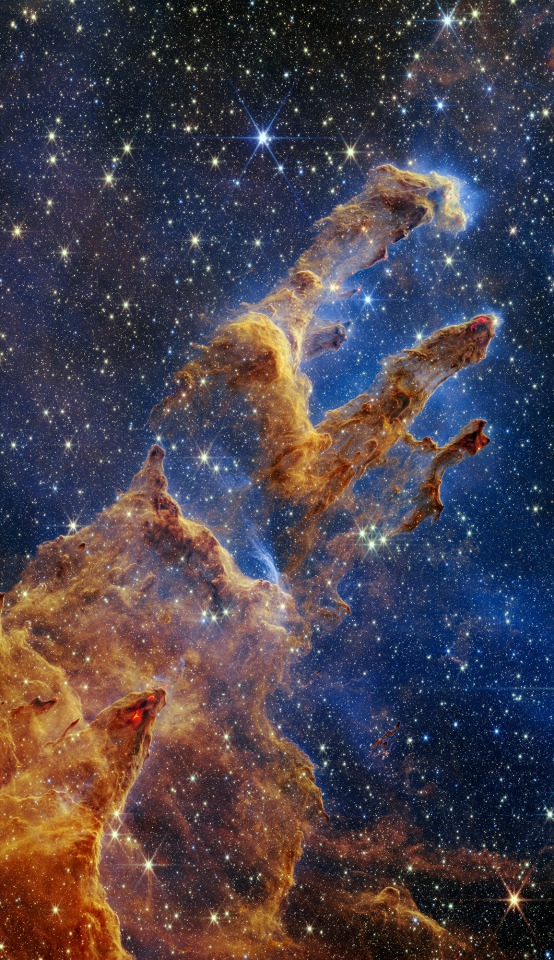
Pillars of creation
The Pillars of Creation were first made famous when NASA's Hubble Space Telescope captured an image of them in 1995. These pillars appear like rock formations – three towers of gas and dust which are more permeable than they look. The Pillars of Creation are part of the Eagle Nebula, also known as Messier 16.Some 7,000 light-years from Earth are gigantic cosmic columns of dust and gas. Because new stars are coalescing there, the formation is known as the Pillars of Creation
#pillars of creation#messier#astronomy#astrophotography#astro community#cosmos#james webb space telescope#hubble telescope#outer space#space#nebula
226 notes
·
View notes
Text
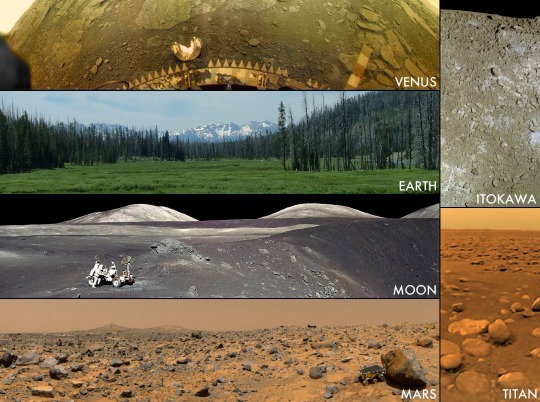
Planet surfaces
#astronomy#nasa#astronomers#universe#astrophotography#nasa photos#astrophysics#nasawebb#outer space#hubble space telescope#astronomy photography#astronews#astrography#astro notes#astro community#spacex#space science#planetary science#heart nebula#messier#planetary nebula#nebula#space exploration#space#our universe#cosmos#nasa picture of the day#life on venus#saturn planet#moon photography
123 notes
·
View notes
Text

This magnificent spiral galaxy is Messier 64 (M64), often called the Black Eye Galaxy or the Sleeping Beauty Galaxy. It’s nickname comes from its dark-lidded appearance in telescopic views. The spiral's central region, about 7,400 light-years across, is pictured in this reprocessed image from the Hubble Space Telescope. M64 lies some 17 million light-years away in the otherwise well-groomed northern constellation Coma Berenices. The enormous dust clouds partially obscuring M64's central region are filled with young, blue star clusters and the reddish glow of hydrogen associated with star forming regions. But imposing clouds of dust are not this galaxy's only peculiar feature. Observations show that M64 is actually composed of two concentric, counter-rotating systems. While all the stars in M64 rotate in the same direction as the interstellar gas in the galaxy's central region, gas in the outer regions, extending to about 40,000 light-years, rotates in the opposite direction. The dusty eye and bizarre rotation are likely the result of a billion year old merger of two different galaxies.
Image Credit: NASA, ESA, Hubble, HLA; Processing: Jonathan Lodge
#astronomy#space#science#universe#galaxy#spiral#spiral galaxy#black eye#black eye galaxy#sleeping beauty#sleeping beauty galaxy#m64#messier#stars#dust#gas#star formation#young stars#follow#like#reblog#the first star#the first starr#thefirststar#thefirststarr#nasa#apod#tumblr#blog#blogger
163 notes
·
View notes
Photo

M17 by NASA Hubble
#messier#messierobject#messiercatalog#nasa#hubble#esa#hubblespacetelescope#telescope#spacetelescope#cosmos#universe#space#cosmic#astronomy#messier17#m17#nebula#omeganebula#swannebula
33 notes
·
View notes
Text
It occurred to me that since I was last on Tumblr, I got a new astrophotography setup. I've only used it a few times, but most nights I'd rather haul out Lyra the Dob for a quick and easy setup.
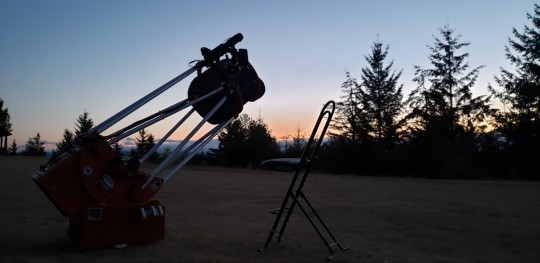
The scope part of the new rig arrived the day before I left for a week-long trip to dark skies as a mentor at an astronomy camp. I got the go-ahead to bring it; the seeing was bad all week so the stars were bloated, but I still had a great time.
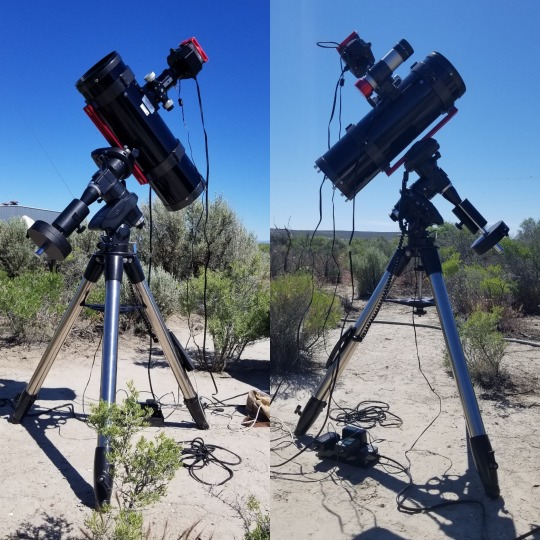
From that week:

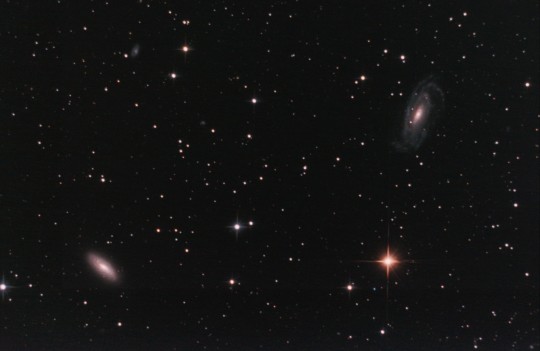

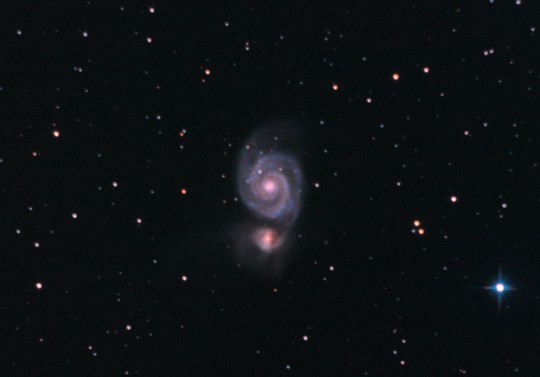

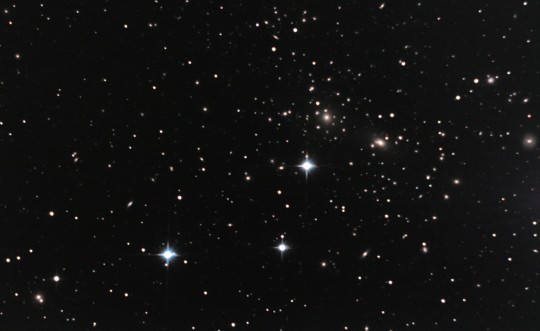
At top left is Messier 109; the bright star is the bottom-left corner of the Big Dipper's cup. I'd chosen it for first light because I'd never imaged it before and it has a beautiful barred spiral structure. In this cropped version you can see the structure and three faint satellite galaxies to the right, running in a row from above the galaxy to just below and right of it.
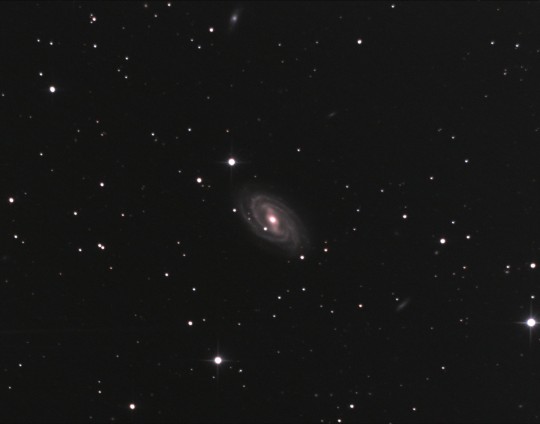
The one at bottom right is the Coma Galaxy Cluster. The seeing made it hard to tell, but *most* of the points of light in that image are individual galaxies and not stars. I could see a few dozen through my visual scope one night. It was glorious.
38 notes
·
View notes
Photo
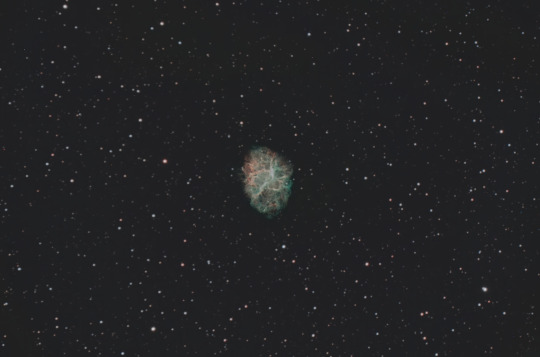


M1 - The Crab Nebula in Taurus. An expanding supernova remnant and pulsar wind nebula 6,500 ly from Earth.
Best astrophoto I’ve taken in 10 years.
140 notes
·
View notes
Text
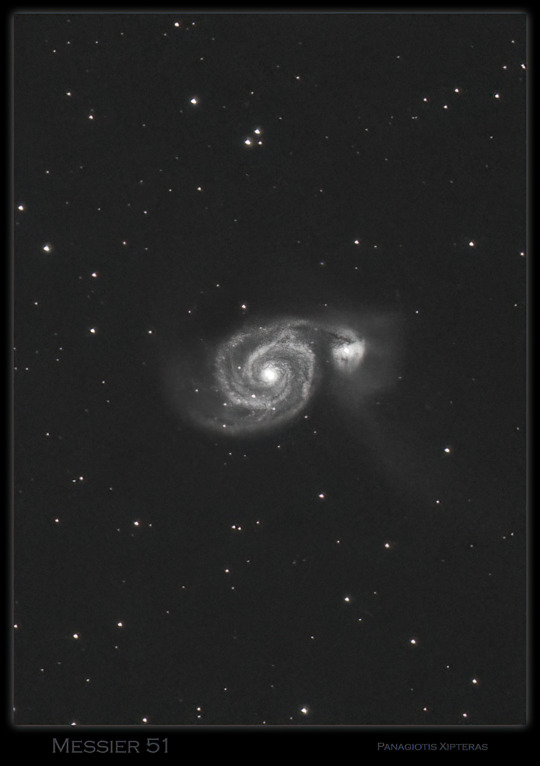
The Whirlpool galaxy. Image by @xipteras
27 notes
·
View notes
Video
youtube
Needed new songs for my playlist and Tate McRae always provides.
2 notes
·
View notes
Photo

M80 !
M80 is one of the densest globular clusters in the Milky Way. It's about 28,000 light-years away from Earth and contains hundreds of thousands of stars.
Courtesy: Nasa
#art#photography#cosmos#cosmic#universe#hubble#hubble telescope#M80#stars#messier#nasa#milkyway#cluster#forms#life#blast
9 notes
·
View notes
Photo
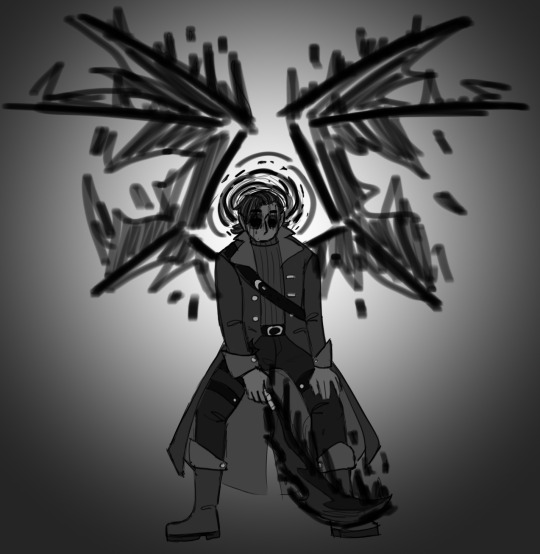
Day 13: Fear
Necrotic shroud
23 notes
·
View notes
Photo
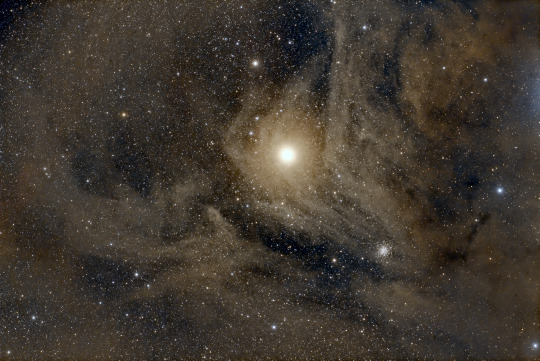
The star Antares (α Scorpii) // Gaillard Jérôme
Note the globular cluster M4 to the lower right!
#astronomy#astrophotography#star#binary star#antares#alpha scorpii#stars#star cluster#globular cluster#messier#messier 4#M4#NGC 6121#scorpius
808 notes
·
View notes
Text
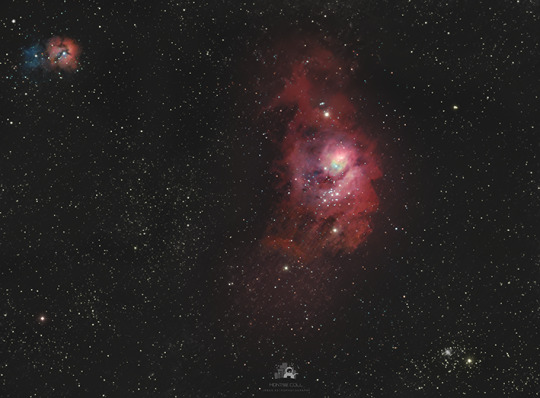
The Trifid (M20, NGC 6514) & The Lagoon Nebula ( M8, NGC 6523)
Constellation Sagittarius.
Distance to Earth: 5.200 & 4.100 light years.
DSLR Canon Rebel T3i
Montcada i Reixac (Bortle 8)
#astrophotography#astrophotos#astro observations#urban astrophotography#astronomy#original photographers#cosmos#universe#original photographic works#lagoon nebula#messier#messier 8#messier 20
20 notes
·
View notes
Text
Messier-17 has several names: the Swan, the Omega, the Horseshoe. It is an intense star-forming region that is nearby, on a galactic scale (5,000 light years distance).
The predominant pink colour suggests hydrogen heated by several intense young stars in the bright centre.
Our eyes are drawn to the swirling dust and gas surrounding the intense core of the nebula.
I photographed Messier-17 from my balcony in Strasbourg France on three nights in July 2023. This is a composite of 57 x 3 minute exposures.
https://en.m.wikipedia.org/wiki/Omega_Nebula

#messier17#astronomy#messierobjects#astrophotographiefrance#astronomiefrance#strasbourg#omeganebula#astrophotographie#astrophotography#messier#astronomie#strasbourg🇫🇷#alsace
3 notes
·
View notes
Text

Magnificent spiral galaxy NGC 4565, also known as the Needle Galaxy, is viewed edge-on from Earth. This sharp, colorful image reveals the galaxy's boxy, bulging central core, obscured by dust lanes. NGC 4565 itself lies about 40 million light-years from Earth and spans about 100,000 light-years. Easily spotted with small telescopes, sky enthusiasts consider NGC 4565 to be a prominent celestial masterpiece Messier missed.
Image Credit & Copyright: Michael Sherick
#astronomy#space#science#universe#needle#galaxy#needle galaxy#skies#earth#core#dust#on edge#messier#follow#like#reblog#the first star#the first starr#thefirststar#thefirststarr#nasa#apod#tumblr#blog#stars#colours#astrophotography#spiral galaxy#spiral
201 notes
·
View notes
Text





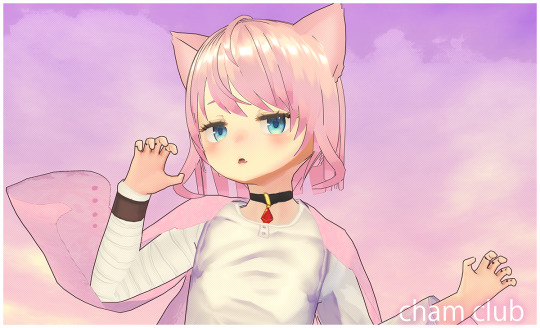
スマホゲーム『消滅都市』に登場するメシエの3Dモデルを作ってみました。
◆お借りしたテクスチャ素材
髪のテクスチャ
【VRoid 正式版】アロエ式つや髪テクスチャ10色セット/アロエ商店様
https://booth.pm/ja/items/3688395
瞳のテクスチャ
【VRoid向け瞳テクスチャ】宇宙スイング★バイカラーアイ/なお屋 [Nao-ya]様
https://7a04m.booth.pm/
3 notes
·
View notes